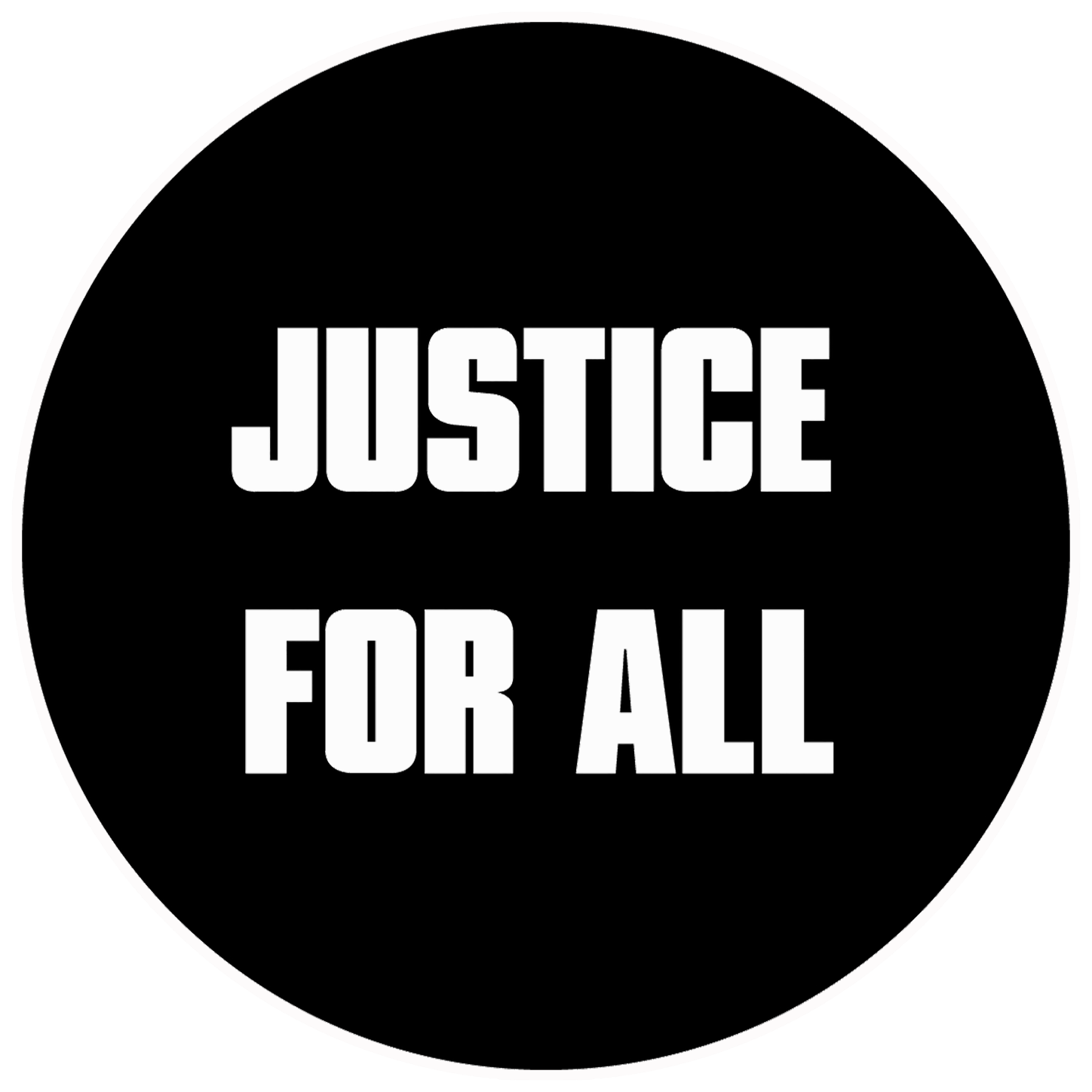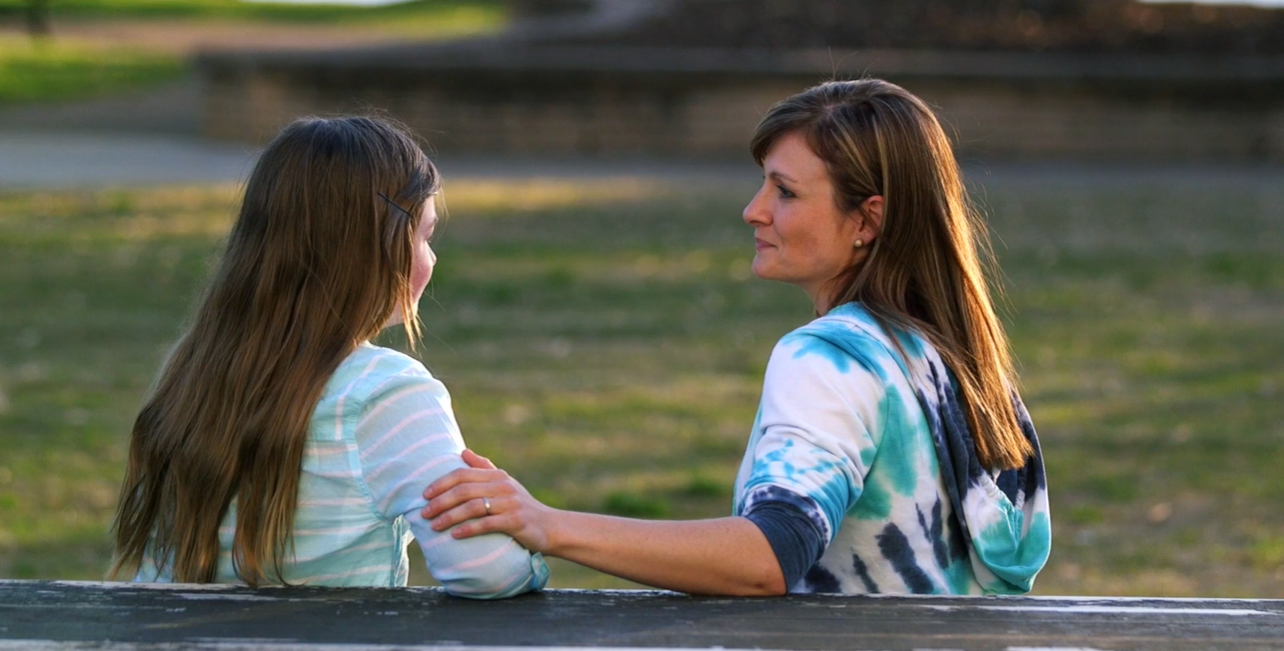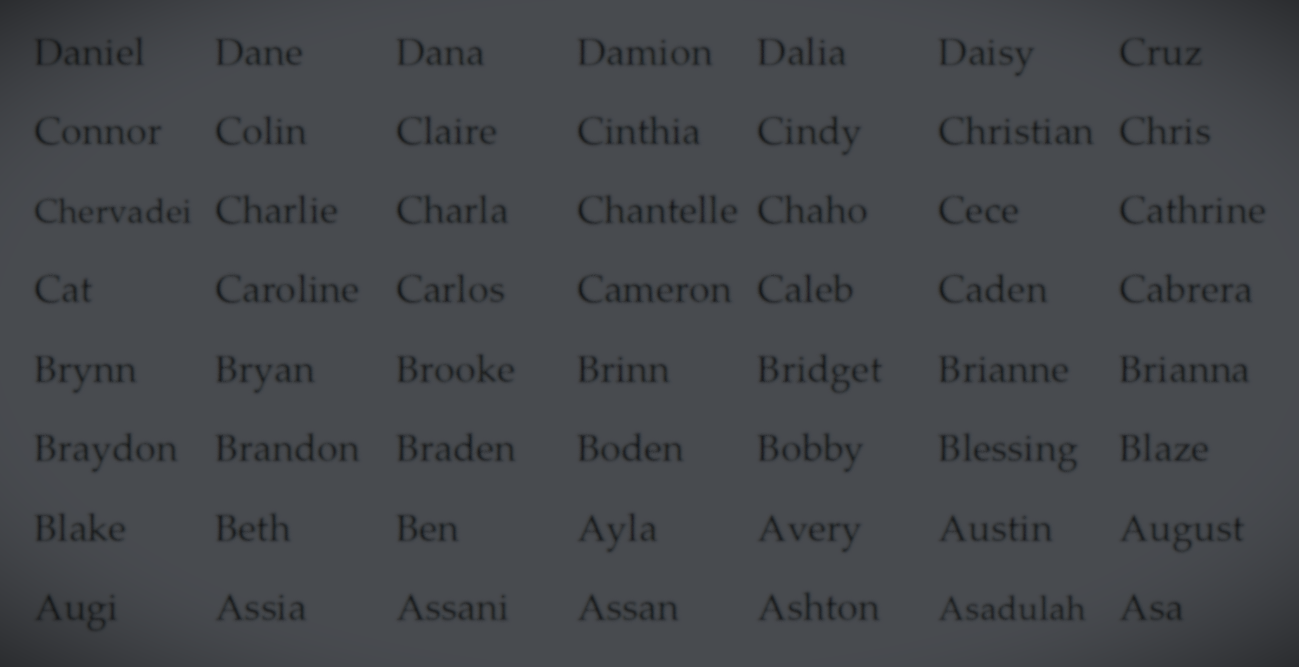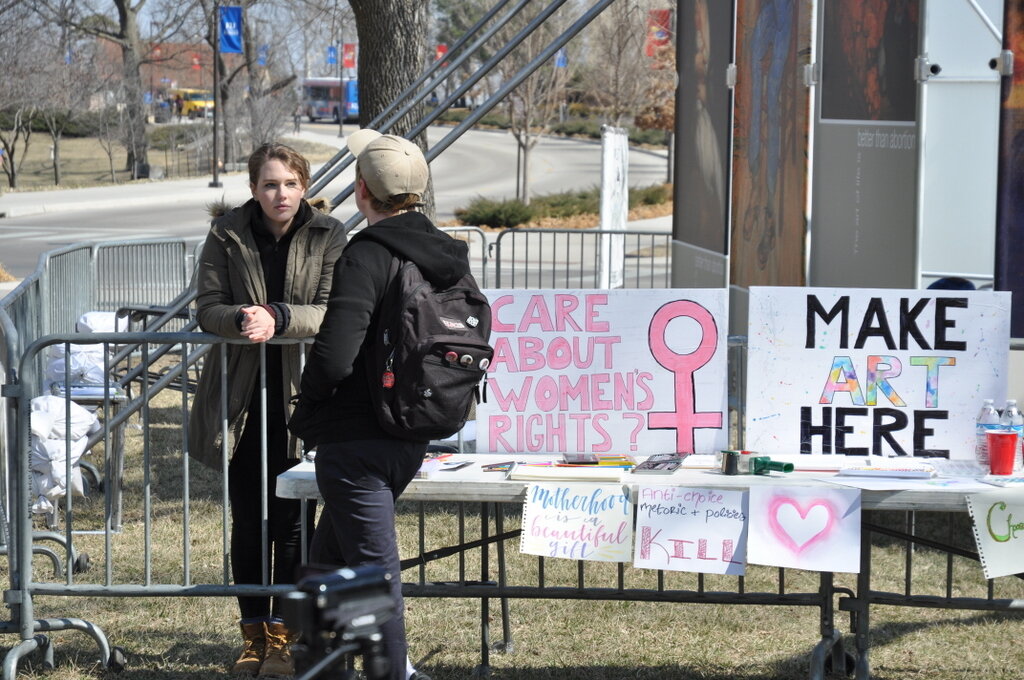One Humble Phone Call Saved Manhattan
February 2018
Credits and Spoiler Alert: I originally heard this story on a 99 Percent Invisible (99PI) podcast, “Structural Integrity.” This letter is a re-telling of that podcast story from memory. To enjoy the “full effect” of 99PI’s masterful storytelling, first listen to the podcast episode. Then check out my commentary below.
Dear Friend,
In 1978, a Manhattan skyscraper almost fell down. This is the story of one phone call that prevented that disaster.
When the Citicorp Center was completed in 1977, it was an architectural wonder. It’s 59 stories high (915 feet), and it appears to be floating above the ground. The church that occupied the corner of the lot made a stipulation in its contract with Citicorp. In essence, the church said, “Sure, you can build your skyscraper, but only if you build us a new church in exactly the same spot where our church is now!”
Enter the project’s structural engineer, William LeMessurier, with an ingenious design solution to a problem that would have caused most of us to give up and abandon the project. He placed the building on 114-foot stilts, but since the church was in the corner of the lot, he also had to place the stilts in the middle of each face rather than in the corners, where any reasonable person would expect stilts to be.
To strengthen the otherwise wobbly design, LeMessurier added an inverted chevron bracing skeleton made of steel and hid it within the “skin” of each windowed face of the building. Because this structural feature made the building lighter than it normally would have been, he added a 400-ton piece of concrete called a “tuned mass damper” to the top of the building, powered by electricity, in order to offset the effects of wind on the building.
The building was completed, and all seemed to go as planned. Then a male student in New Jersey called Le Messurier’s office asking if the structural engineer had factored in quartering winds — those winds that hit the building at its corners. He thought those might present a particular concern for the building based on the unique stilt design.
LeMessurier hadn’t. Based on his new calculations of quartering wind vulnerabilities, he found that a storm hits Manhattan about once every 55 years with winds strong enough to topple the building. That would be bad enough. Remember this is a 59-story skyscraper that can’t be easily “unbuilt” when a storm comes. But realizing that an essential part of the building’s design was the tuned mass damper, and that the tuned mass damper was completely dependent on electricity, LeMessurier then calculated what would happen to the building if the electricity went out, as is more likely in a storm. A storm with the power to take out the building if the tuned mass damper were rendered non-functional would hit Manhattan every 16 years.
As you can imagine, LeMessurier and Citicorp went into action immediately to put in place an emergency plan. Surprisingly, though, they didn’t tell most of the building’s daytime occupants. Under cover of night, and with no press fanfare (there was a press strike), workers began to strengthen the building by welding the chevron bracing skeleton that had previously been fastened by large bolts. The original design had included welds, but LeMessurier had permitted an adjustment by the builder to save costs, believing the bolts to have a negligible impact on the building’s stability. They had completed about half of the repairs when Hurricane Ella began working its way up the East Coast. Just hours away from causing the evacuation of whole sections of Manhattan, revealing to the world the vulnerability of the building, Hurricane Ella veered off into the Atlantic. The hurricane reached record wind speeds in Nova Scotia, but left Manhattan unharmed.
The workers finished welding the chevron braces, and the building is still standing today. I know this is true because my nephew sent me a picture from his visit to the building a few months ago.
This story went virtually unknown, though, by the broader world until 1995, when Joseph Morgenstern interviewed LeMessurier and broke the story in The New Yorker (“The Fifty-Nine Story Crisis,” The New Yorker, May 29, 1995, p. 45).
As 99% Invisible tells the story, though, this is where things get interesting. A Mr. Hartley was watching television when the story broke, and he called to his wife, Diane, “Your building is on the news.” She was upstairs, and, as she tells it, when she turned on the news, she almost dropped her baby. She had been an undergraduate student at Princeton in New Jersey, and she had done her thesis on the Citicorp Center. She had called LeMessurier’s office, and she recalls talking with a subordinate of LeMessurier about the firm’s calculations as well as her concerns about the quartering winds. Had she simply made a mistake in her calculations? A skyscraper couldn’t have been designed by a world-renowned structural engineer and built by a major bank without assurance that it would stand in any conditions. Would it? Could it?
Diane Hartley’s Princeton advisor has since revealed that he knows all of the players in New Jersey and has confirmed that there is no other likely candidate for LeMessurier’s “male student.” The conclusion? LeMessurier must have just had a fuzzy fix on the details. As best as anyone knows, it was Diane Hartley’s humble phone call to LeMesurrier’s firm that saved Manhattan from disaster. And she didn’t know it. Diane Hartley had to wait almost 20 years to learn the result of her simple, modest contribution.
JFA volunteers Natalie (left) and Grace (center) create a conversation at the University of Oklahoma in November 2017.
So, what’s the point for our work on behalf of unborn children and their parents? Every conversation we create in order to kindle affection for these forgotten human beings — every conversation — has the power to avert a disaster like the Citicorp disaster. We make humble motions to listen to understand, to ask questions with an open heart, and to give reasons that are persuasive. Yet, like Diane Hartley, we may never know whether our modest contribution will make any difference.
We can take heart and continue our work, then, trusting God to use our small contributions to bring about the change in society and in individual lives as he sees fit, with or without telling us. But let us not let discouragement or deception creep in. The stakes are just as high for every human being to whom we speak and every human being on whose behalf we speak as they were for the thousands of Manhattan residents and Citicorp Center workers in 1978. Disaster is on the horizon each day, and we have the key to help. But will we make the call?
Thankful for your partnership,
Steve Wagner
Executive Director
P.S. Recently, I’ve been closing many of my presentations with the Citicorp Center story. If you didn’t see the connection to our work until the end, just imagine being in one of our audiences and wondering, “How does this relate?” The elements of mystery and surprise make the important lesson all the more memorable. Feel free to share with others!














